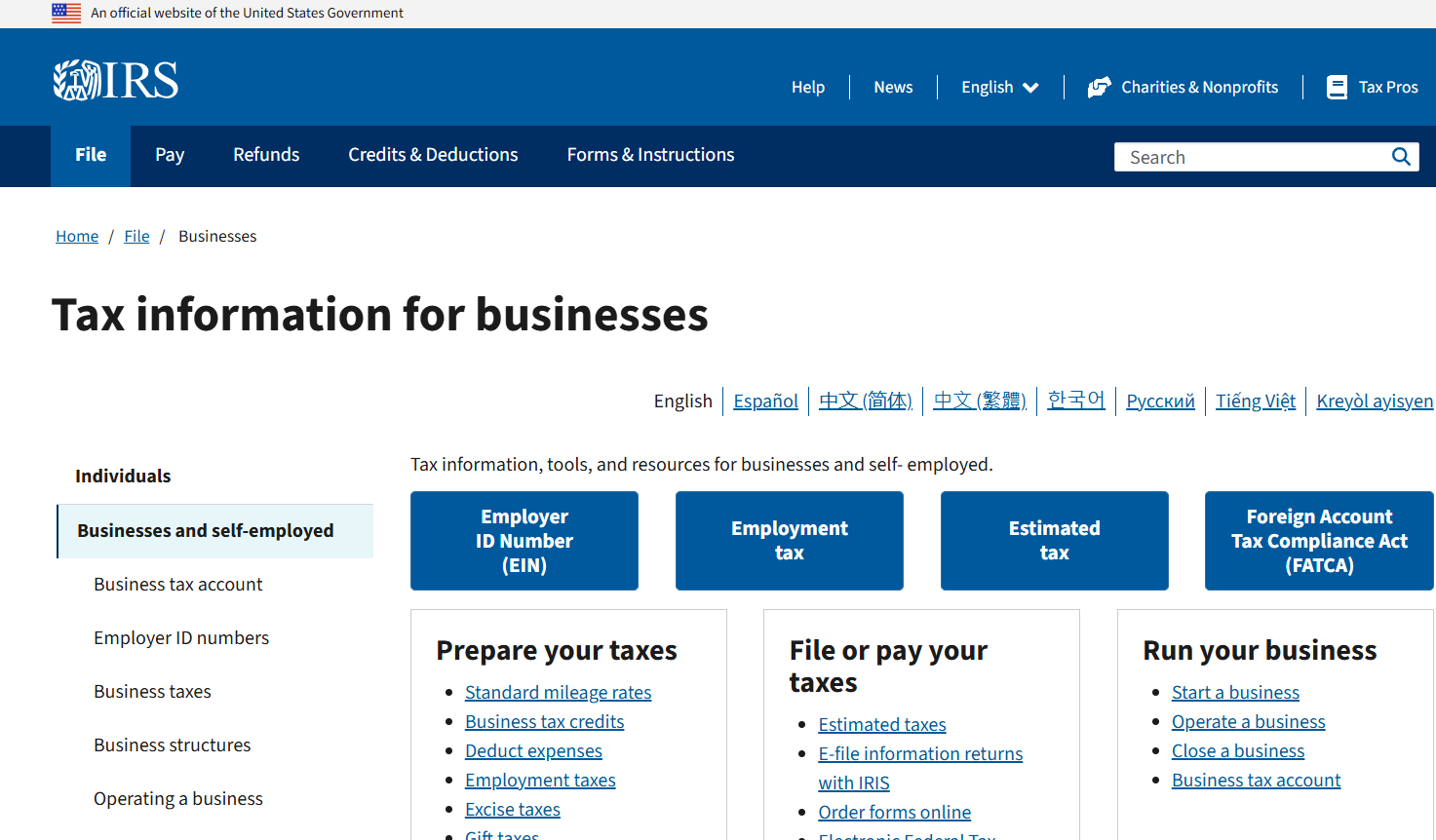Increase in Illinois’ Minimum Wage to $15

by Gregory S. Dowell
February 21, 2019
As one of the first acts of the Pritzker era, Senate Bill 0001 (Public Act 101-0001) increases the state minimum wage to $15 per hour by the year 2025. The current minimum wage in Illinois of $8.25 will increase to $9.25 as of January 1, 2020, and then increases to $10 per hour on July 1, 2020. Following an increase in Illinois’ minimum hourly wage to $11 on January 1, 2021, the hourly rate is increased by $1 every January 1st until reaching the hourly rate of $15 on January 1, 2025.
Employees who receive tips will continue to have a minimum wage of 60% of the Illinois minimum wage. This formula is effective if the wages plus tips at least equal the applicable minimum wage.
Workers under the age of 18 who work 650 hours or less in a calendar year may be paid $.50 less than the minimum wage until December 31, 2019. After that, those under age 18 must be paid $8 per hour on January 1, 2020, $8.50 per hour on January 1, 2021, $9.25 per hour by January 1, 2022, $10.50 per hour by January 1, 2023, $12 per hour by January 1, 2024, and then $13 per hour effective January 1, 2015.
Note, however, that employers in Chicago and Cook County currently are required to pay a higher minimum wage, due to previously enacted legislation.
The same legislation allows employers of 50 or fewer employees to take a credit for the Illinois taxes withheld, up to the tax liability, during the periods of January 1, 2020 to December 31, 2027. The credit is begins at 25% as of January 1, 2020, and decreases each year until it phases out for all employers of more than five employees in 2026, and finally phases out for employers of five or fewer employees on December 31, 2027. A credit may not be taken if an employee works less than 90 consecutive days immediately preceding the reporting period.
New penalties are a part of the legislation as well. Employers who fail to keep payroll records as required can be subject to a penalty of $100 per affected employee, payable to the state’s Wage Theft Enforcement Fund. The civil damages penalty for employers who fail to pay at the required minimum wage increases from 2% to 5% of the amount per month during which the underpayment occurred. An additional penalty of $1,500, on top of the current penalty of 20%, may also apply for willful disregard of the minimum wage law.










